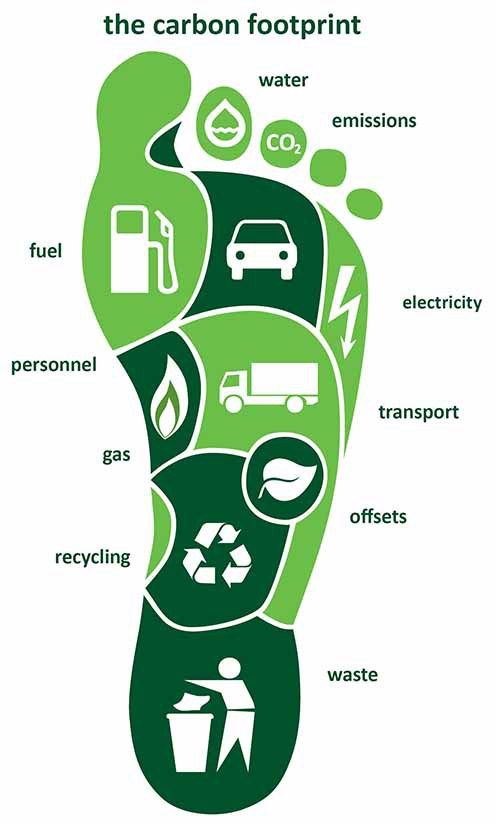

No, commitments made by governments to date fall far short of what is required. Are we on track to reach net zero by 2050? The Expert Group presented its recommendations at COP27 on 8 November 2022. To develop stronger and clearer standards for net-zero emissions pledges by non-State entities such as businesses, investors, cities and regions, and speed up their implementation, UN Secretary-General António Guterres in March 2022 established a High-Level Expert Group on the Net-Zero Emissions Commitments of Non-State Entities. The growth in net-zero pledges has been accompanied by a proliferation of criteria with varying levels of robustness.

How do we ensure commitments are turned into action? And more than 1000 cities, over 1000 educational institutions, and over 400 financial institutions have joined the Race to Zero, pledging to take rigorous, immediate action to halve global emissions by 2030. More than 3,000 businesses and financial institutions are working with the Science-Based Targets Initiative to reduce their emissions in line with climate science. More than 70 countries, including the biggest polluters – China, the United States, and the European Union – have set a net-zero target, covering about 76% of global emissions. Yes, a growing coalition of countries, cities, businesses and other institutions are pledging to get to net-zero emissions. Is there a global effort to reach net zero? Replacing polluting coal, gas and oil-fired power with energy from renewable sources, such as wind or solar, would dramatically reduce carbon emissions. The energy sector is the source of around three-quarters of greenhouse gas emissions today and holds the key to averting the worst effects of climate change. It calls for nothing less than a complete transformation of how we produce, consume, and move about. Transitioning to a net-zero world is one of the greatest challenges humankind has faced. Currently, the Earth is already about 1.1☌ warmer than it was in the late 1800s, and emissions continue to rise. To keep global warming to no more than 1.5☌ – as called for in the Paris Agreement – emissions need to be reduced by 45% by 2030 and reach net zero by 2050. The science shows clearly that in order to avert the worst impacts of climate change and preserve a livable planet, global temperature increase needs to be limited to 1.5☌ above pre-industrial levels. If you undertake these steps, you can considerably reduce carbon emissions and safeguard the world for future generations.Put simply, net zero means cutting greenhouse gas emissions to as close to zero as possible, with any remaining emissions re-absorbed from the atmosphere, by oceans and forests for instance. Lifestyle changes would involve switching to vegan/vegetarian diets and recycling wherever possible. You could switch to public modes of transportation, use ride-sharing services, and more. A great place to start when it comes to reducing carbon footprint would be to minimize the use of personal transport (or switching to an electric vehicle, if feasible).
#Carbon footprint how to
Now that you know how to calculate your carbon footprint, you should consider taking steps to change your lifestyle and contribute towards making the world a better place. If you want a tool tailor-made for people living in India, you can also check out carbon footprint calculators from Tata Power and ICICI Bank.ĭownload CarbonWatch ( Play Store) Easily Check your Carbon Footprint
#Carbon footprint android
The app is available just on Android as of this writing, but it should make its way to iOS devices in the future. Released by the Chandigarh government’s environment department, the app offers several prompts to help you efficiently measure your carbon footprint.

If you are looking for a carbon footprint calculator made for India, you should try out the CarbonWatch app.


 0 kommentar(er)
0 kommentar(er)
